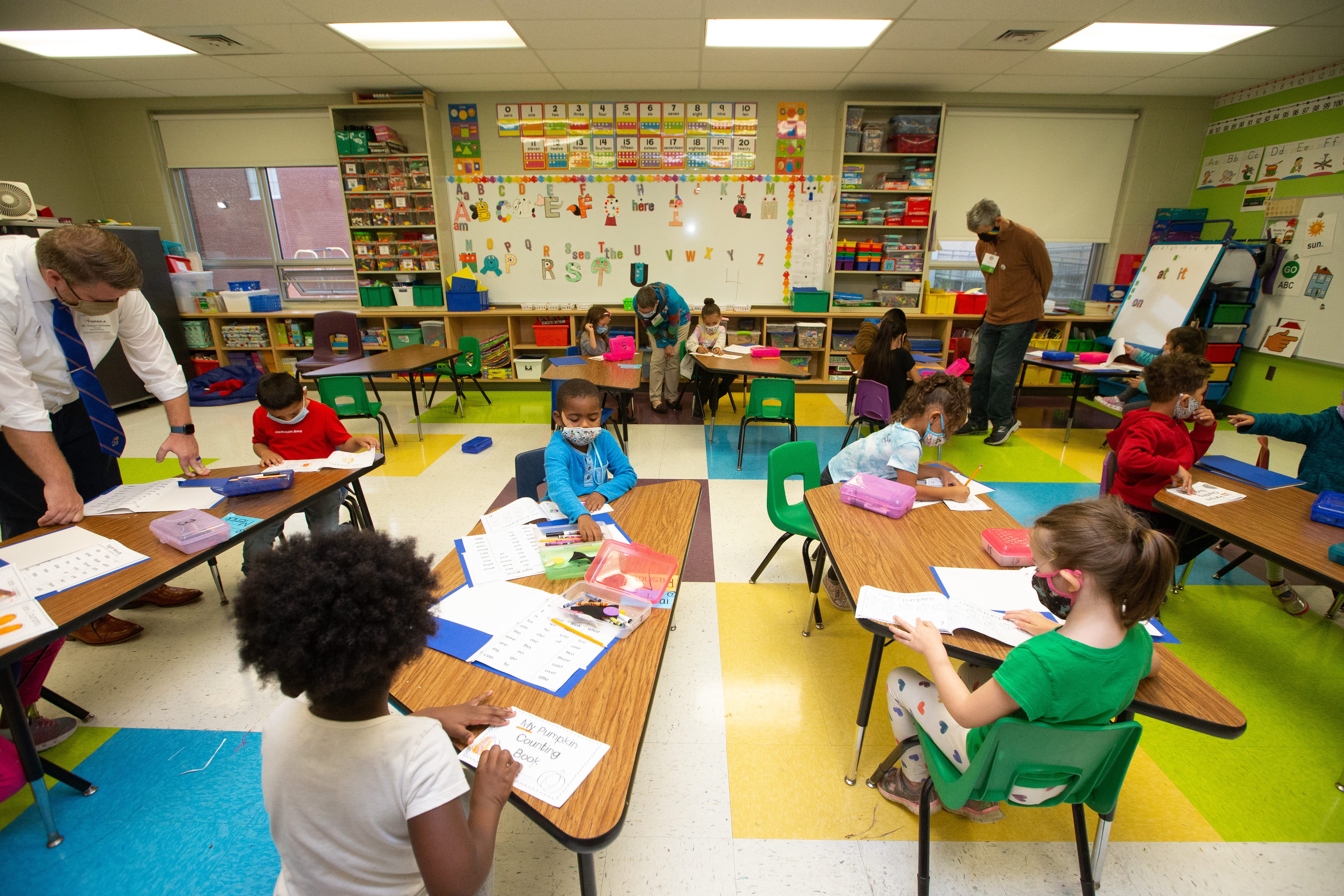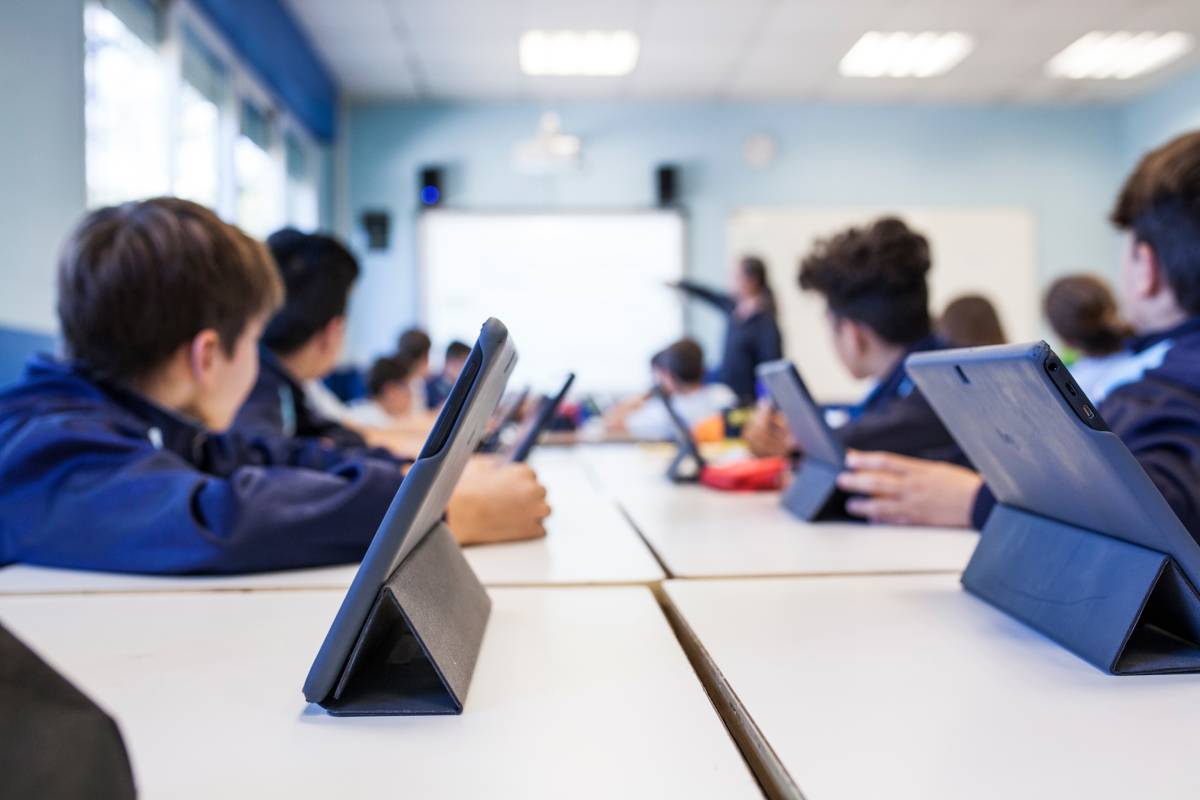Top Primary Science Tuition Singapore to Help Your Child Excel
Top Primary Science Tuition Singapore to Help Your Child Excel
Blog Article
A Comprehensive Overview to the Various Discovering Approaches in Primary Science Direction
The expedition of varied knowing methods in key scientific research direction presents a possibility for teachers to enhance pupil involvement and comprehension significantly. By checking out hands-on discovering techniques, inquiry-based approaches, and collective techniques, we can recognize efficient practices that provide to various finding out styles.

Hands-On Understanding Techniques
Hands-on learning methods play a pivotal role in primary science direction, engaging trainees in active exploration and testing. These techniques enable students to engage straight with phenomena and materials, promoting a deeper understanding of scientific concepts. By utilizing manipulatives, models, and real-life experiments, educators create an environment where students can observe, assume, and examine their concepts.
Such methods not only improve comprehension but additionally grow essential reasoning and analytical skills. When students participate in tasks like constructing basic makers, planting seeds, or conducting chemical responses, they are urged to ask concerns and seek answers via their own observations. This experiential approach aids to demystify complex clinical concepts, making them much more relatable and obtainable.
Moreover, hands-on discovering promotes cooperation among peers, as students usually operate in groups to perform experiments or share findings. This synergy not only enriches their discovering experience but additionally establishes important social abilities. Eventually, incorporating hands-on methods in primary scientific research instruction promotes a long-lasting love of knowing and inquisitiveness regarding the natural world, laying a solid foundation for future scholastic pursuits in scientific research and beyond.
Inquiry-Based Discovering
Inquiry-based learning is a training approach that motivates pupils to ask concerns, explore phenomena, and create their own understanding of scientific principles. This method moves the emphasis from conventional teacher-led guideline to an extra student-centered experience, where learners take the effort in their instructional journey. By promoting inquisitiveness, inquiry-based learning advertises much deeper engagement with the product, allowing students to check out subjects in a meaningful context.
In practice, this technique often involves hands-on experiments, observations, and important thinking activities that line up very closely with the clinical method. Students are motivated to develop theories, layout examinations, and analyze data, which cultivates vital abilities such as analytic and logical reasoning. The role of the educator in this framework is to help with exploration, assisting trainees with the query procedure while motivating independent idea and partnership.
Additionally, inquiry-based understanding supports a feeling of ownership over the discovering process, inspiring students to pursue knowledge actively. This method not just boosts understanding of clinical ideas however also fosters a lifelong love for understanding, equipping pupils with the abilities needed to navigate an increasingly complex globe.
Collaborative Understanding Approaches
Collective learning strategies equip students to take part in significant interactions with peers, cultivating a shared duty for their academic outcomes. In main science guideline, these techniques urge learners to interact to discover scientific principles, resolve troubles, and carry out experiments (primary science tuition Singapore). By joining group tasks, trainees can utilize diverse viewpoints, allowing for richer understanding and retention of clinical knowledge
One secret facet of collective learning is the focus on interaction skills. Trainees must verbalize their ideas, listen actively to others, and bargain ideas, all of which are essential competencies in both scholastic and real-world contexts. This social interaction not only boosts their understanding of scientific principles however additionally promotes teamwork and dispute resolution abilities.
Moreover, collective discovering often results in raised inspiration and engagement. They are extra likely to take ownership of their discovering trip when pupils see the worth of their contributions within a group. Teachers can facilitate this process by developing organized team jobs that line up with educational program objectives while giving advice on reliable collaboration techniques. Overall, incorporating collaborative knowing methods in main science instruction cultivates a dynamic learning environment that prepares students for future scholastic and social obstacles.
Technology Assimilation in Scientific Research
The combination of technology in key scientific research direction enhances finding out experiences by supplying innovative devices and sources that support numerous mentor approaches, consisting of collective knowing - primary science tuition Singapore. Using electronic platforms, simulations, and interactive applications permits trainees to involve deeply with scientific concepts, promoting a much more hands-on approach to understanding
Online laboratories, for example, enable students to conduct experiments securely and effectively, advertising inquiry-based knowing. These devices can replicate real-world clinical situations, permitting trainees to envision complicated procedures that would be tough to my link replicate in a standard class setting. In addition, technology cultivates communication and partnership amongst students, as they can share findings and interact on jobs via online platforms.
Furthermore, multimedia discussions and instructional videos can enrich lessons by satisfying varied understanding styles, making abstract ideas a lot more obtainable. Data analysis tools likewise equip pupils to accumulate and interpret scientific data, strengthening important assuming abilities. Overall, the strategic consolidation of innovation in main scientific research direction not just boosts involvement yet additionally prepares pupils for a highly innovative culture, outfitting them with essential skills for future clinical undertakings.
Set Apart Guideline Approaches
Differentiated guideline approaches are essential for addressing the varied demands of students in key scientific research education and learning. These methods allow teachers to tailor their teaching methods to suit differing capabilities, rate of interests, and learning designs within the class. By utilizing separated direction, teachers can create an inclusive environment that cultivates involvement and improves understanding of scientific principles.
One reliable technique is to use adaptable grouping, which allows pupils to collaborate with peers at comparable skill degrees or with differing perspectives. This technique encourages peer understanding and advertises crucial reasoning. Furthermore, supplying options in assignments can encourage students, permitting them to select tasks that resonate with their passions while still meeting curricular purposes.
Furthermore, incorporating tiered tasks is another useful strategy. Deliberately jobs with varying degrees of intricacy, teachers can make certain that all students are suitably challenged, no matter their effectiveness. Utilizing formative assessments to assess recognizing more allows instructors to adjust their educational approaches dynamically, ensuring that each learner obtains the assistance they need.
Eventually, implementing set apart direction methods in key science education not just boosts student understanding outcomes however additionally grows an interest for science, preparing students for future academic searches.

Verdict
In recap, effective key scientific research instruction demands a diverse method that incorporates hands-on discovering, inquiry-based techniques, and joint methods. The integration of modern technology and separated instruction better deals with varied discovering styles, promoting an environment favorable to exploration and important thinking. By carrying out these techniques, instructors can enhance pupil engagement and visit this website understanding, inevitably nurturing a long-lasting passion for science and questions. Such extensive techniques are important for creating informed and curious future researchers.
The expedition Continued of varied learning methods in main science direction offers a possibility for instructors to enhance student engagement and comprehension considerably.Hands-on discovering methods play an essential duty in key scientific research guideline, involving pupils in energetic expedition and testing.Inquiry-based discovering is a training technique that motivates trainees to ask concerns, check out phenomena, and construct their own understanding of scientific principles.Joint understanding strategies encourage trainees to engage in significant interactions with peers, fostering a common duty for their academic results. In general, incorporating joint understanding techniques in main science guideline grows a dynamic learning setting that prepares trainees for future academic and social obstacles.
Report this page